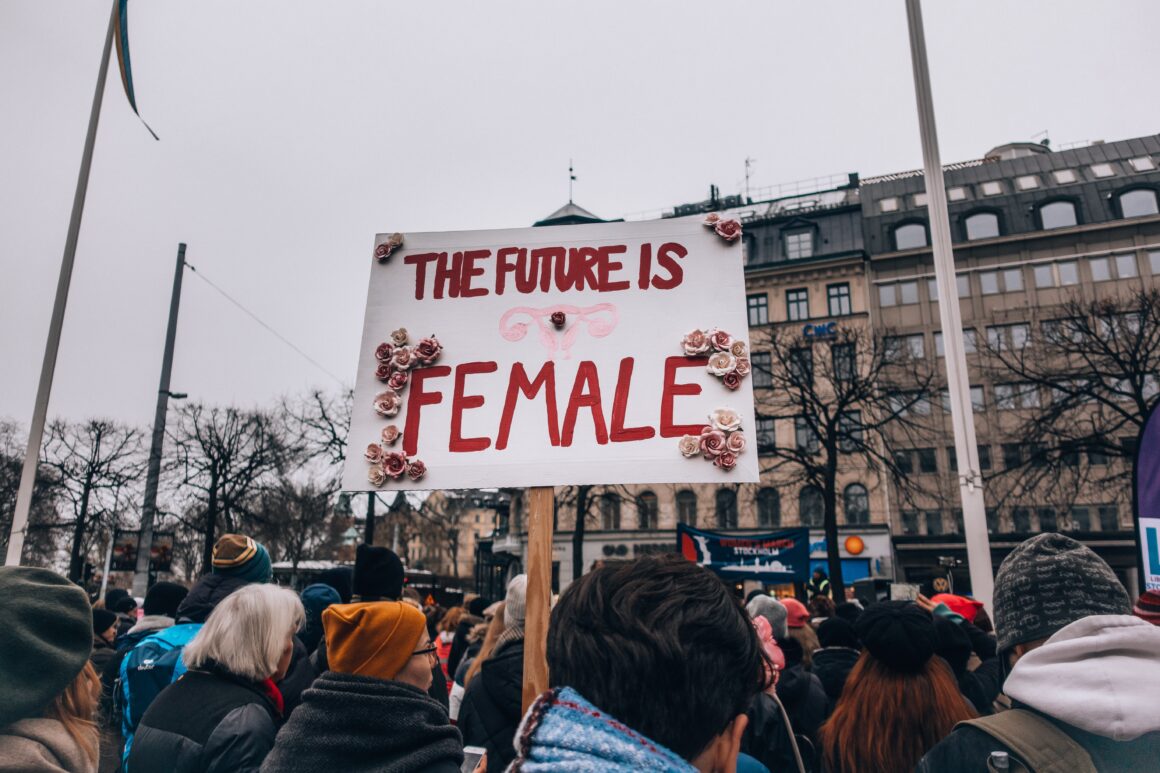The game seemed over long before the refs called time. In the 54th minute, Tobin Heath sank in the United States’ fifth goal, the last of the 2015 Women’s World Cup. Prior, Carli Lloyd had dominated the first half with three goals and Lauren Holiday also slipped a ball past the Japanese goalkeeper. The night ended with the United States Women’s National Soccer Team as the undisputed best team in the women’s soccer world, winning 5-2 against Japan.
The United States Women’s National Soccer Team or USWNT is known for being the best. Despite holding the current rank of 2nd (just 3 points behind Germany), the USWNT holds 3 World Cup titles (more than any other women’s team), 4 Olympic gold medals, and numerous other awards. By comparison, the men’s team has never won a single gold medal, holds no World Cup titles, and the team has failed to even qualify for the World Cup several times in the past. However, despite the gap in success, male players are paid more than the female players.
The issue of gender discrimination in the soccer world was brought to national attention in 2015 when right before the Women’s World Cup several key players of the USWNT sued FIFA and the Canadian Soccer Association for discriminating against female players. At the time the players were not citing equal pay issues, but instead, the use of artificial turf for the event rather than grass like in the men played on in their World Cup. USWNT stars such as Abby Wambach and Alex Morgan insisted that while turf is considered acceptable for a field by FIFA, it is harsher for players causing painful injuries.
The lawsuit was withdrawn by the players and FIFA agreed to hold the 2019 Women’s World Cup on grass, but the fight for gender equality at a national level still persisted.
In 2016, the several members of the USWNT filed a different lawsuit, this time addressing the gap in pay between the USWNT and their male counterparts. As mentioned before, the female team is far more successful, but they also noted that the final match of the 2015 Women’s World Cup was the most viewed match in US history – for men’s and women’s soccer – with around 23 million people tuning in.
And the women team’s new found popularity in the US, was no small part of their argument, which found that the USWNT was starting to close in on the revenue gap between men and women, which was being used as the primary defense against equal pay.
Recently, the USWNT was able to secure a better collective bargaining agreement with the US Soccer Federation that will last until 2021. The agreement includes a 30% increase in base salary and better bonuses, but the woman will still not be paid the same base salary as men. Prior to the agreement, the USWNT claimed that they were paid around 40% less than the male team because the men earn exponentially more in bonuses. Basically, if the men lose every single game in a season and women win every single game in the season, the men get paid more.
While this agreement is definitely a positive step forward, it’s still unacceptable that a team that represents the United States is subjected to discrimination on the basis of gender. Here’s to hoping that FIFA and the US Soccer Federation can recognize the blatant injustice of their actions and right their wrongs against the USWNT.
*If you want to support some of the amazing women that play for the USWNT, the club season for the National Women’s Soccer League (NWSL) opens on April 15th.


